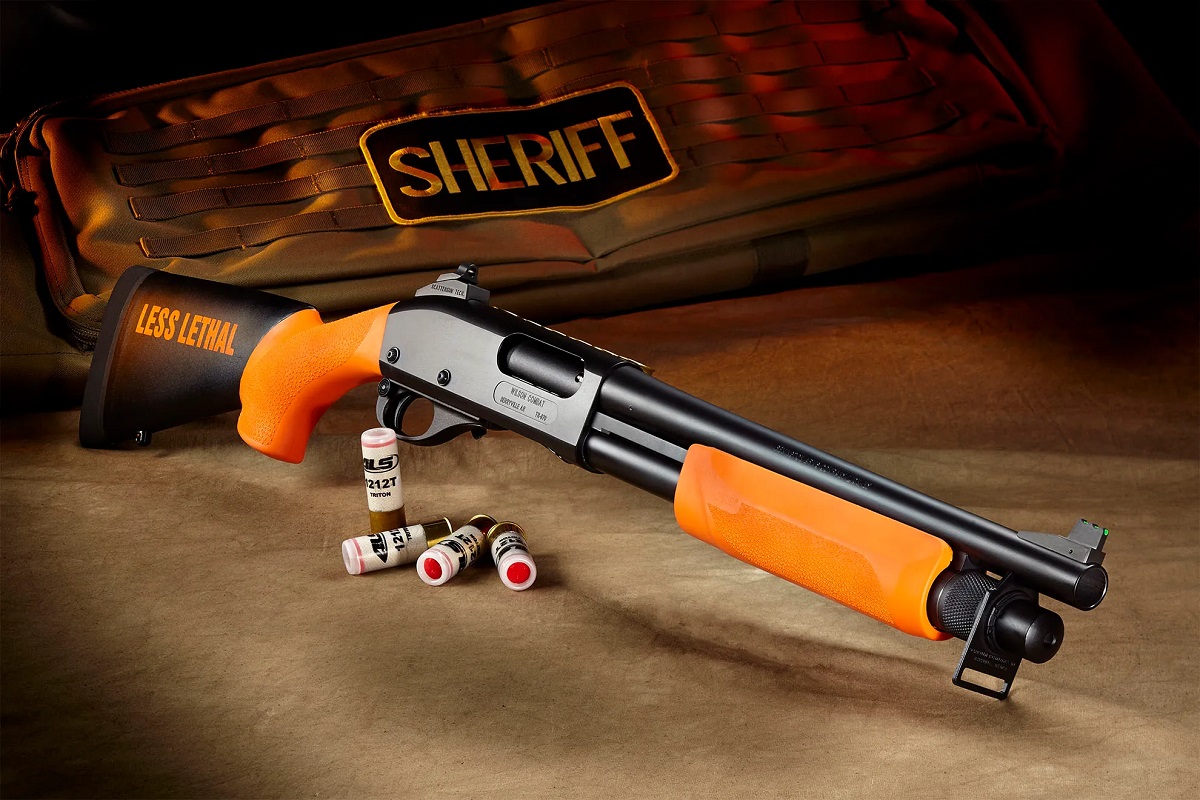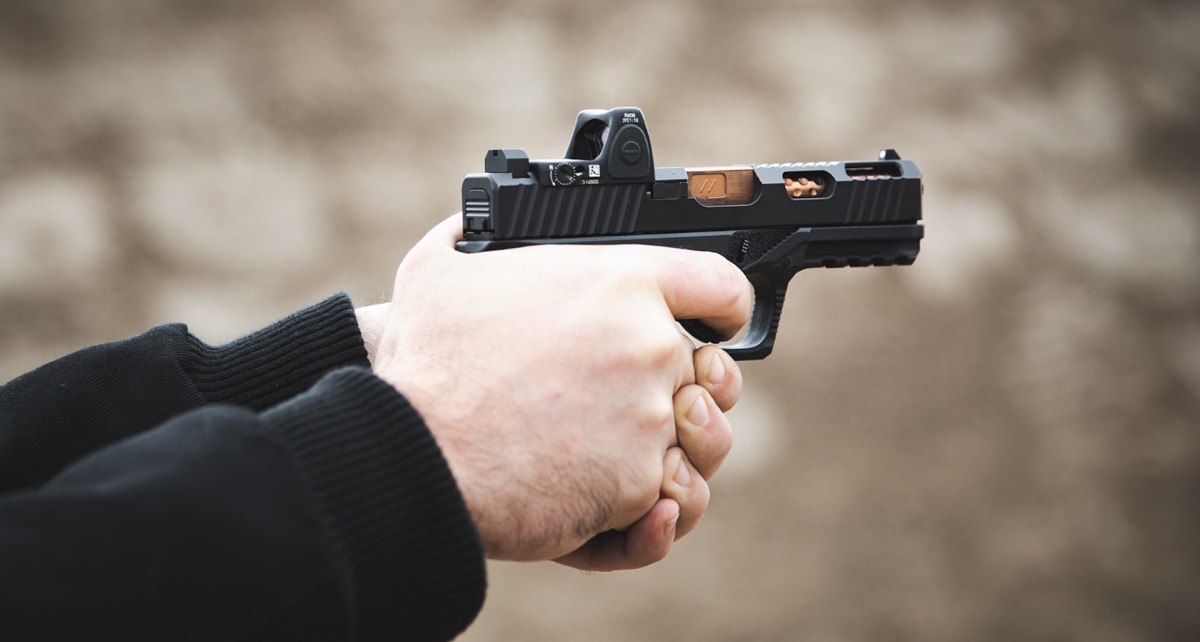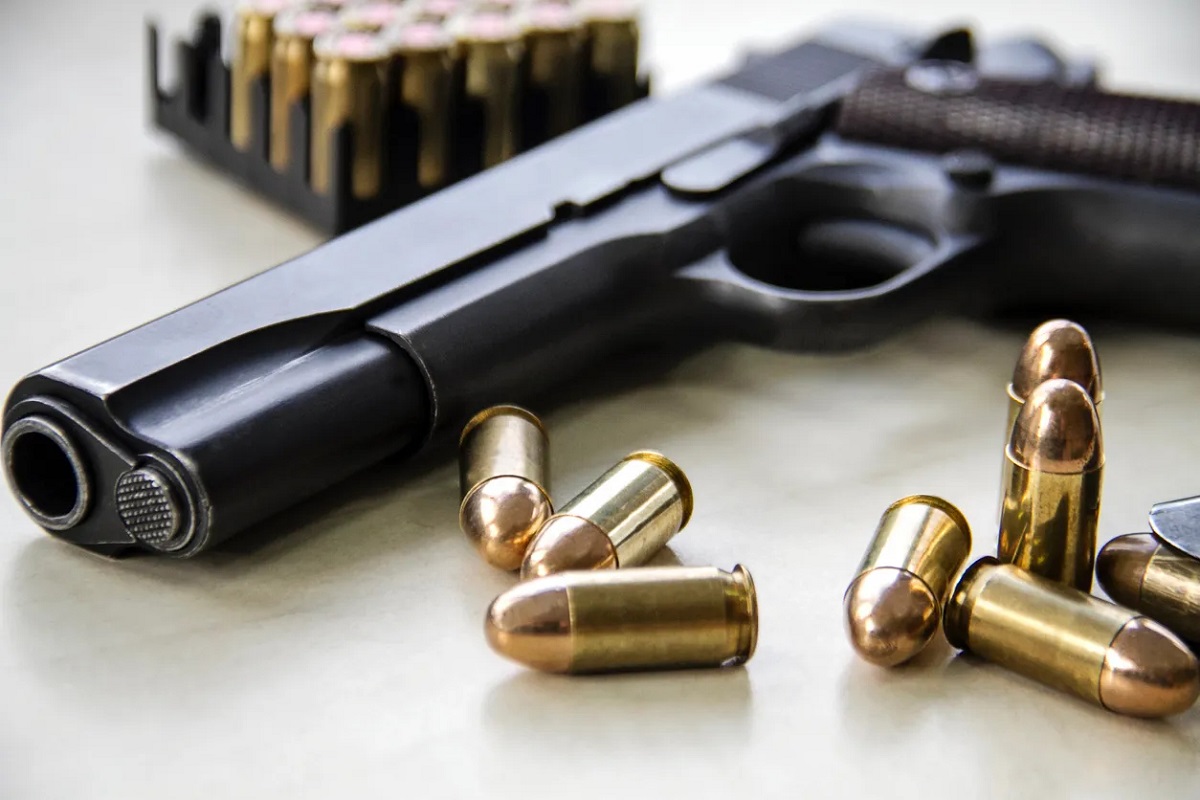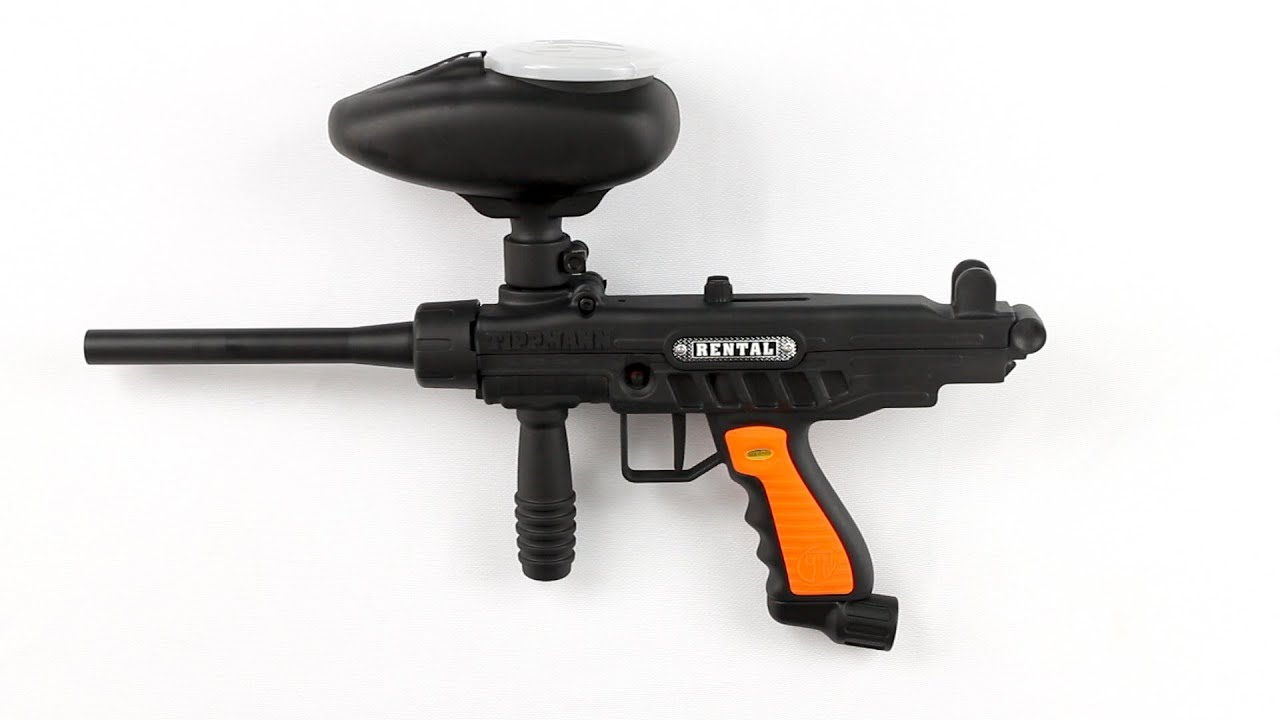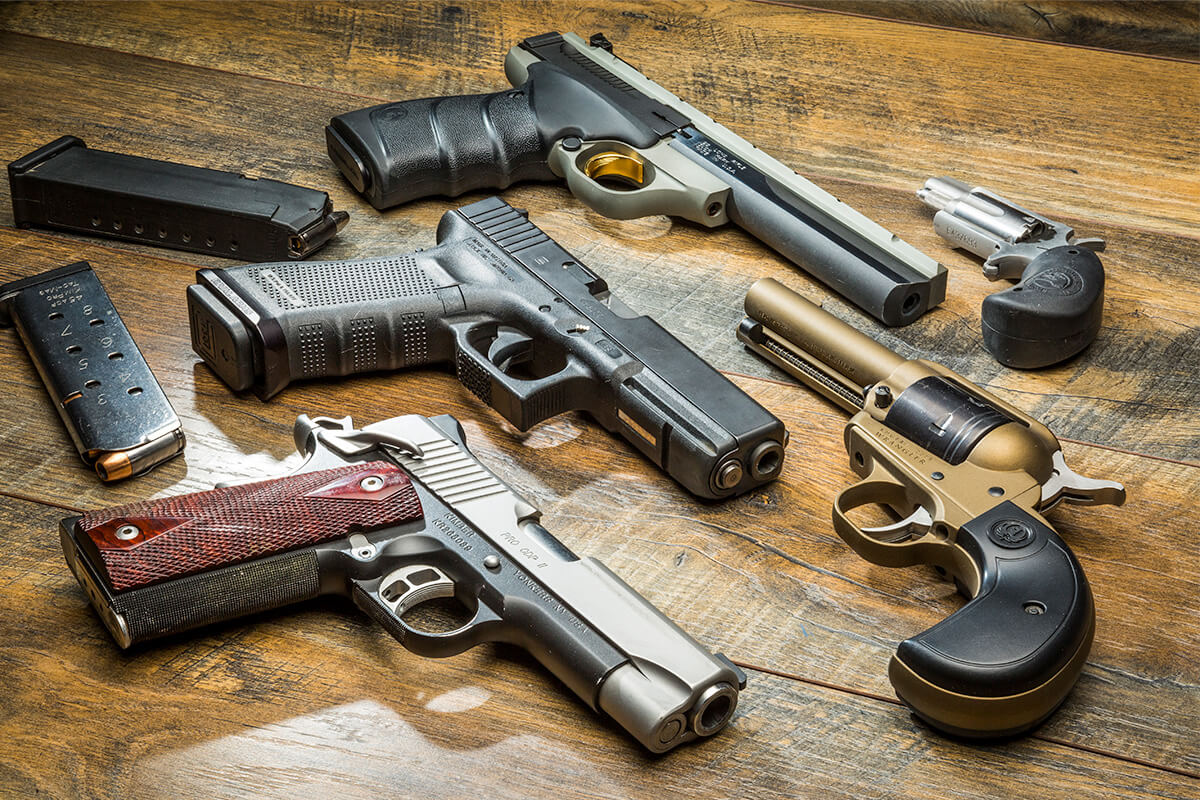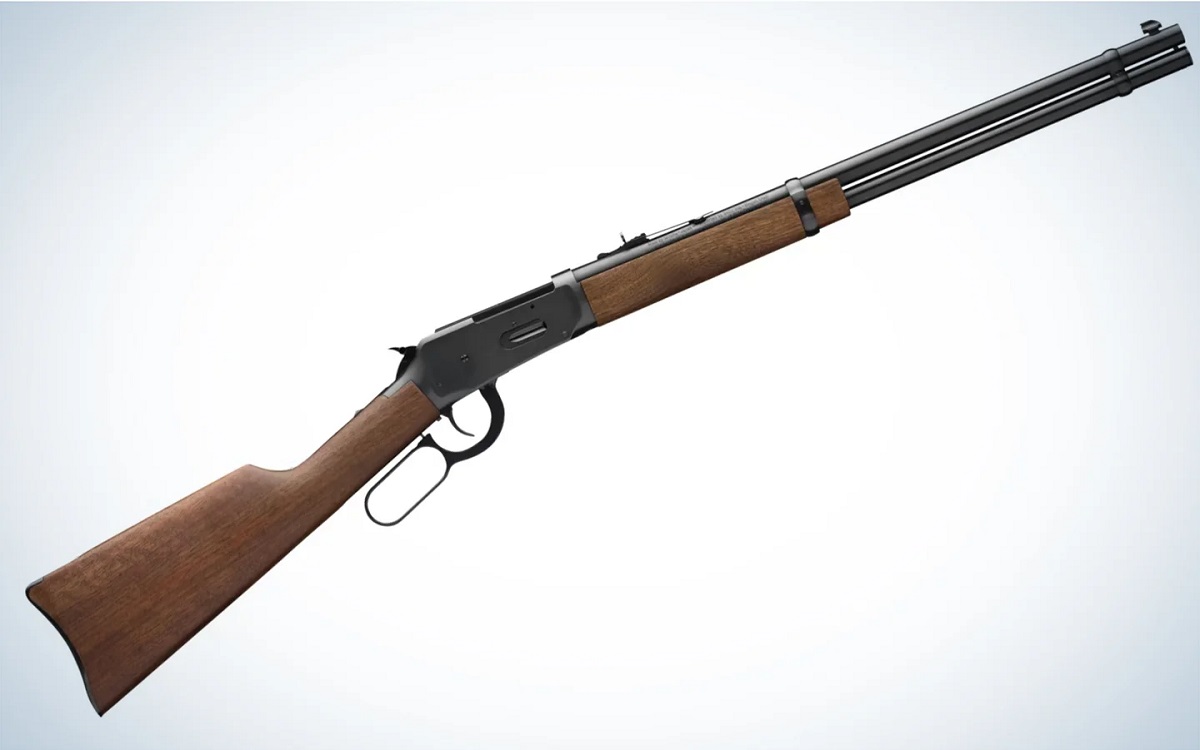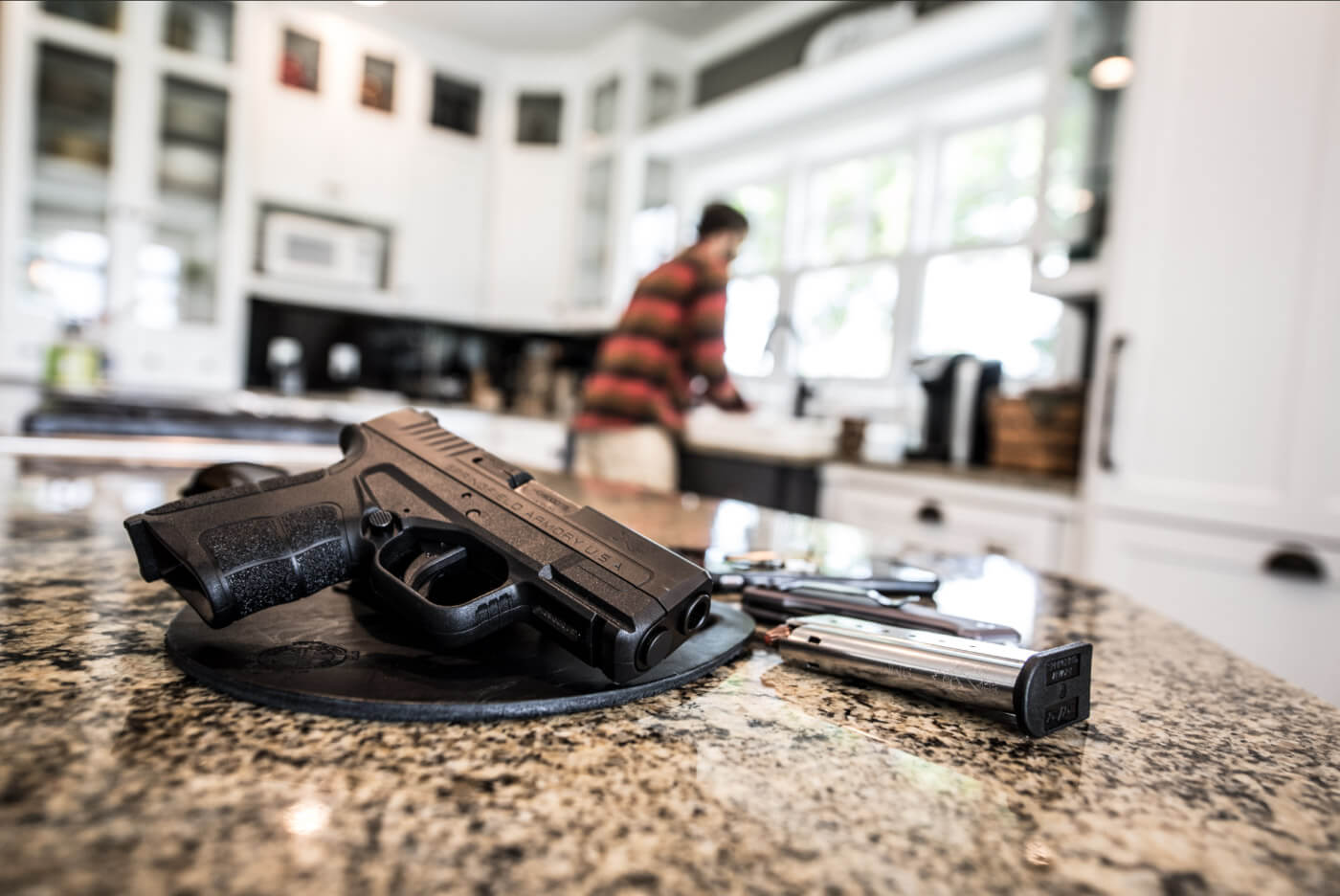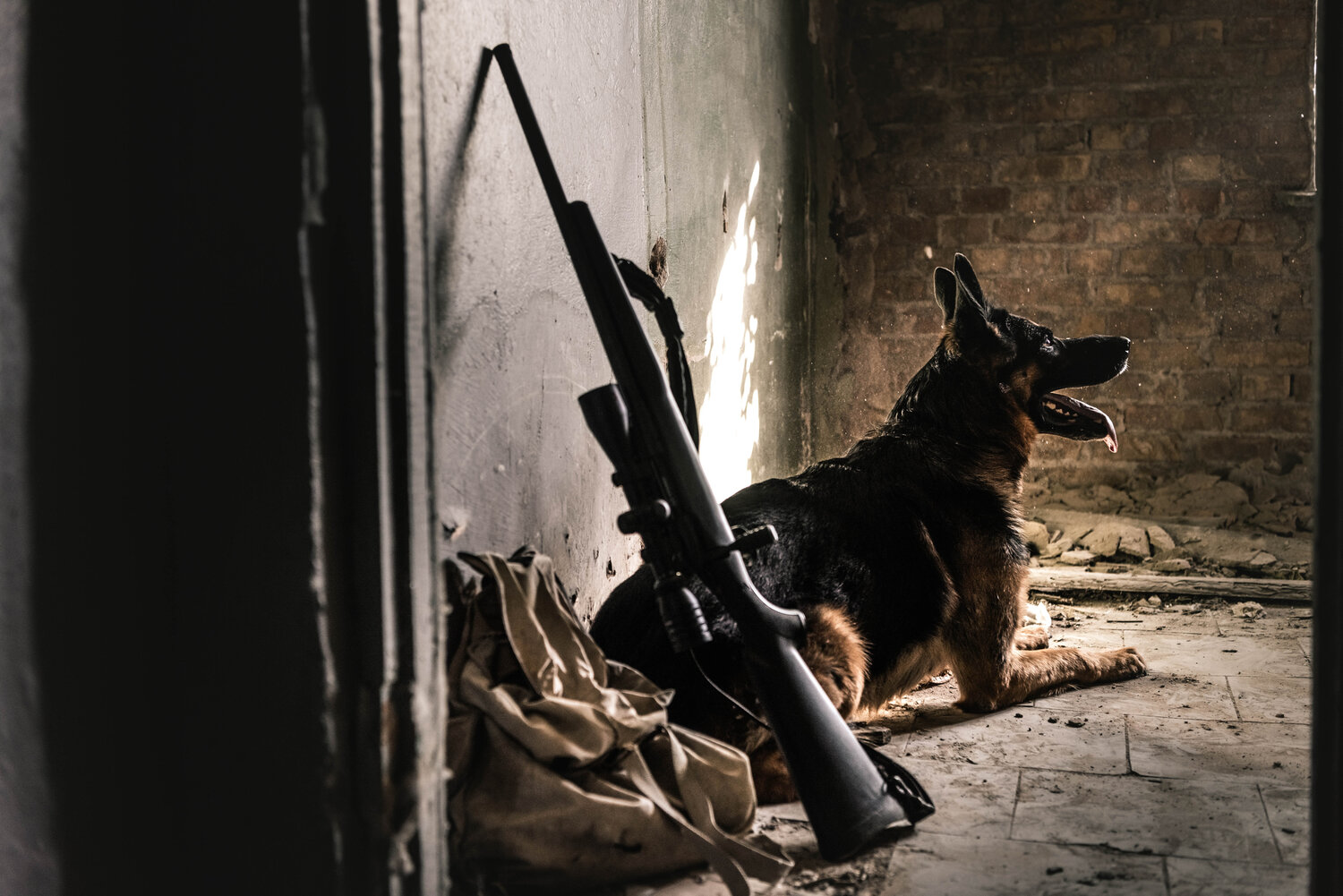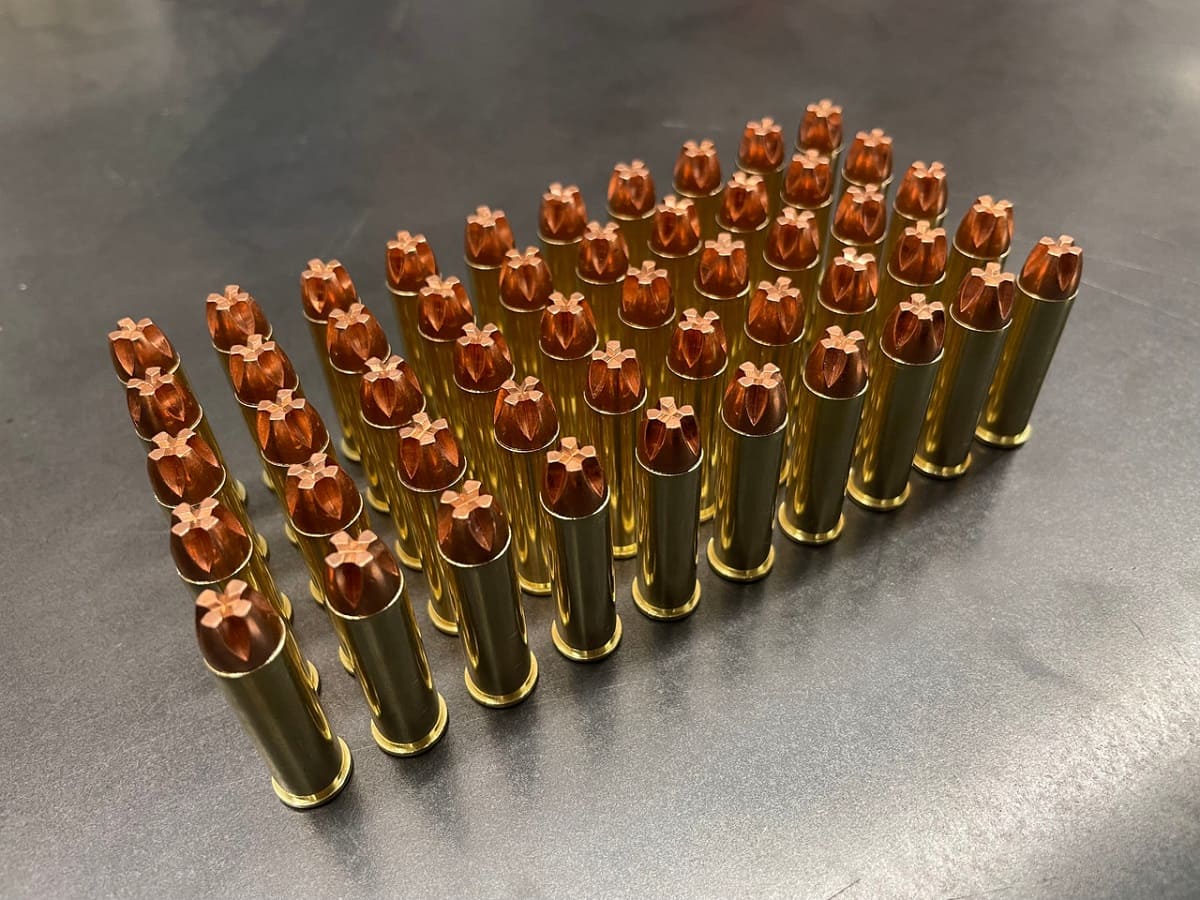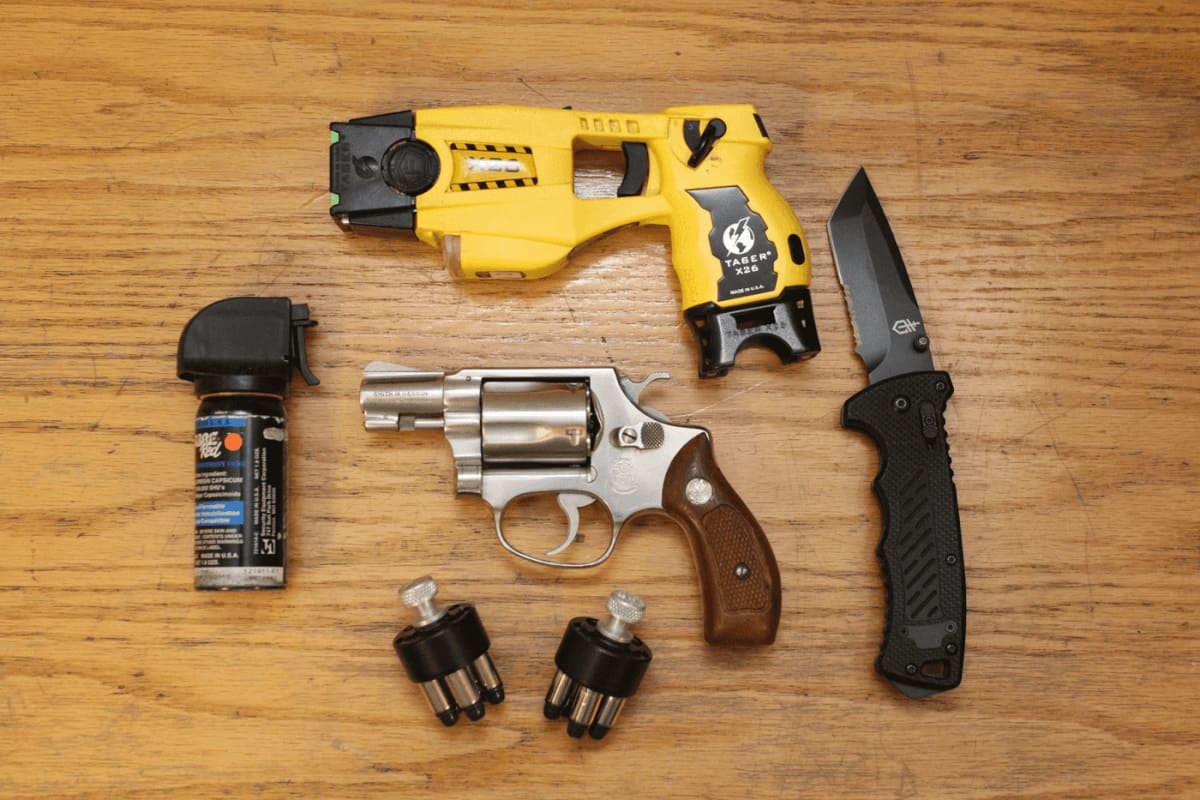Home>Home Security and Surveillance>What Guns Would A Navy SEAL Keep For Home Defense
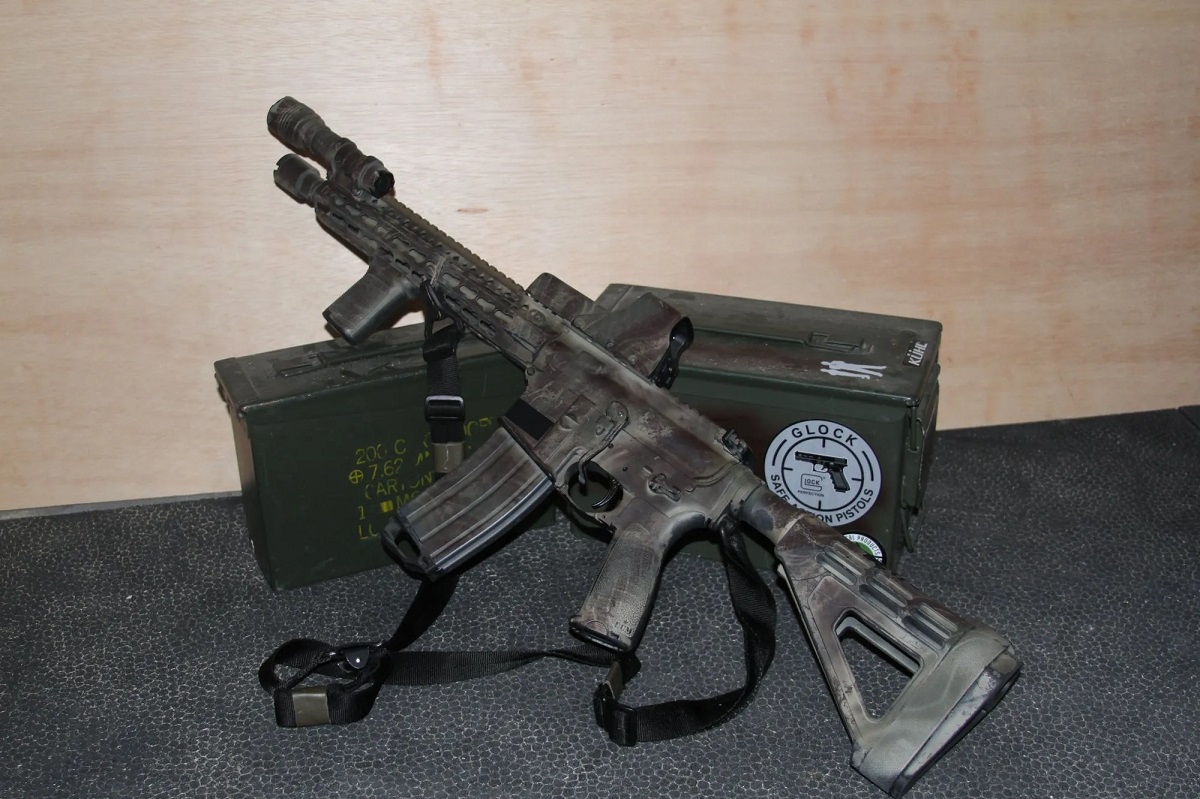

Home Security and Surveillance
What Guns Would A Navy SEAL Keep For Home Defense
Modified: August 16, 2024
Get expert insights on home security and surveillance. Discover the top guns recommended by Navy SEALs for ultimate home defense. Stay prepared and protected.
(Many of the links in this article redirect to a specific reviewed product. Your purchase of these products through affiliate links helps to generate commission for Storables.com, at no extra cost. Learn more)
Introduction
When it comes to protecting our homes and loved ones, having a reliable and effective home security and surveillance system is essential. The advancements in technology have made it easier than ever to install and monitor our homes with various security devices. From smart doorbell cameras to motion sensor lights, there are countless options to choose from.
However, one area that often gets overlooked in home security is the use of firearms for self-defense. While they may not be for everyone, firearms can serve as a crucial line of defense in emergency situations. In this article, we will explore the firearms that a Navy SEAL, an expert in home defense tactics, would likely keep for home defense.
Before diving into the specifics, it is important to understand that owning and using firearms for home defense comes with great responsibility. Proper training, knowledge of local laws, and adherence to safety protocols are paramount. If you are considering firearms for home defense, be sure to seek professional guidance and follow all legal requirements.
With that being said, let’s delve into the world of home defense firearms and explore what a Navy SEAL might choose to keep for ultimate protection.
Key Takeaways:
- Navy SEALs prioritize reliability, stopping power, and maneuverability when choosing firearms for home defense. They opt for handguns like the Glock 19, shotguns like the Remington 870, and rifles like the AR-15 for enhanced accuracy and range.
- Accessories like weapon lights and optics can enhance firearm performance, but it’s crucial to balance functionality and simplicity. Proper training, ammunition selection, and familiarity with local laws are essential for responsible firearm ownership.
Read more: Where To Keep Your Home Defense Gun
Considerations for Home Defense
When it comes to selecting firearms for home defense, there are several important factors to consider. These factors revolve around the unique nature of home defense scenarios, where quick access, maneuverability, and reliability are of utmost importance. Here are some considerations to keep in mind:
- Accessibility: In a home defense situation, every second counts. It is crucial to have firearms that are easily accessible and ready to use when needed. This can include keeping firearms in quick-access safes, strategically placed around the house.
- Maneuverability: Home defense often involves navigating through tight spaces, such as hallways and corners. Therefore, firearms that are compact and easy to handle in close quarters are preferred.
- Stopping Power: In a high-stress situation, stopping the threat quickly is essential. Selecting firearms chambered in calibers with sufficient stopping power is crucial to neutralizing the threat effectively.
- Reliability: Home defense firearms must be dependable. They should be able to function flawlessly under stress and perform consistently with various types of ammunition.
- Mitigating Over-Penetration: When firing inside a home, there is a risk of bullets penetrating walls, potentially endangering loved ones. It is important to select ammunition and firearms that minimize the risk of over-penetration.
- Training and Familiarity: Regardless of the type of firearm chosen, proper training and familiarity are essential. It is crucial to practice regularly and become proficient in handling and using the selected firearms.
By considering these factors, you can select firearms that are well-suited for the unique challenges of home defense. Next, let’s explore the training and expertise of Navy SEALs, who are renowned for their expertise in tactical operations.
Training and Expertise of Navy SEALs
Navy SEALs are known for their elite training and expertise in combat and tactical operations. They undergo rigorous and intensive training programs to develop their skills in various areas, including firearms proficiency. Their training ensures that they are proficient in handling firearms effectively and making split-second decisions in high-stress situations.
SEALs are trained in a wide range of firearms, including handguns, rifles, and shotguns. They receive extensive training in marksmanship, tactical shooting, close-quarters combat, and precision shooting. Their training focuses not only on accuracy but also on the ability to make rapid assessments of threats and engage them effectively.
SEALs are also trained to handle firearms under adverse conditions, including low light, dynamic environments, and confined spaces. They become adept at engaging targets while on the move, shooting from different positions, and employing tactics to maintain the element of surprise and gain a tactical advantage.
Furthermore, Navy SEALs receive specialized training in shooting techniques such as double taps (quickly firing two rounds in succession), controlled pairs (two carefully aimed shots at different targets), and failure drills (shooting multiple rounds rapidly to neutralize a threat). These skills are honed through constant practice and repetition, ensuring that SEALs are highly proficient in firearm manipulation and shooting accuracy.
It is important to highlight that the training and expertise of Navy SEALs are unmatched, and they have years of practical experience in real-world combat situations. While we may not be able to match their level of training and proficiency, we can still draw inspiration from their knowledge and experience when selecting firearms for home defense.
Now that we have an understanding of the training and expertise of Navy SEALs, let’s move on to discuss the firearms they would likely choose for home defense.
Primary Handgun for Home Defense
When it comes to selecting a primary handgun for home defense, Navy SEALs prioritize reliability, stopping power, and ease of use. One popular choice is the Glock 19, a compact and versatile semi-automatic pistol.
The Glock 19 is chambered in 9mm, which strikes a good balance between manageable recoil and sufficient stopping power. It offers a 15-round magazine capacity, providing ample firepower for home defense situations. The pistol’s compact size allows for easy maneuverability in tight spaces, making it ideal for navigating through hallways and rooms within a home.
In addition to its reliability and capacity, the Glock 19 is known for its simplicity. It features a consistent trigger pull, intuitive controls, and a low-maintenance design. These factors contribute to its ease of use and make it suitable for individuals with varying levels of firearm experience.
Another popular choice for a primary handgun is the SIG Sauer P226. The P226 is a full-size semi-automatic pistol chambered in 9mm or .40 S&W. It offers a higher magazine capacity than the Glock 19, typically ranging from 15 to 17 rounds. The P226 is renowned for its accuracy and build quality, making it a preferred option for those who prioritize precision shooting.
When considering a primary handgun for home defense, it is important to select one that feels comfortable in your hand and allows for easy manipulation of controls. It is advisable to visit a local gun range and try out different models to see which handgun suits you best. Additionally, seeking guidance from professionals and taking introductory firearms courses can greatly enhance your understanding and confidence in handling a firearm.
Remember, the primary handgun is the firearm you will rely on in a high-stress home defense situation. Choose wisely and ensure you are comfortable and proficient with your chosen firearm through regular training and practice.
Now that we have covered the primary handgun, let’s move on to discuss the backup handgun, which provides an additional layer of security in home defense scenarios.
Backup Handgun for Home Defense
When it comes to home defense, having a backup handgun can provide an extra layer of security and peace of mind. Navy SEALs understand the importance of being prepared for any situation and often opt for a compact, concealable handgun as their backup.
One popular choice for a backup handgun is the Smith & Wesson M&P Shield. This slim and lightweight semi-automatic pistol is available in various calibers, including 9mm and .40 S&W. It offers a smaller profile compared to the primary handgun, making it easier to conceal and carry as a backup.
Another reliable option is the Glock 43. It is a subcompact pistol chambered in 9mm, designed specifically for concealed carry. The Glock 43 is favored for its slim profile, lightweight construction, and reliability, making it an excellent choice as a backup handgun for home defense.
When selecting a backup handgun, it is crucial to prioritize reliability, concealability, and ease of use. The firearm should be comfortable to carry and deploy quickly if needed. Additionally, considering compatibility with your primary handgun’s ammunition can simplify logistics and ensure consistency in your home defense setup.
Remember, the purpose of a backup handgun is to act as a reliable fallback in case of immediate threats or malfunctions with the primary firearm. Therefore, regular training and practice with the backup handgun are essential to ensure familiarity and proficiency.
Now that we have covered the primary and backup handguns, let’s move on to discuss the role of rifles in home defense scenarios.
A Navy SEAL for home defense would likely choose a reliable handgun like a Glock 17 or Sig Sauer P226, and a versatile shotgun like a Remington 870 or Mossberg 500.
Rifle for Home Defense
When it comes to selecting a rifle for home defense, Navy SEALs understand the benefits of having a long-range, high-capacity firearm that provides increased accuracy and stopping power. A rifle can offer enhanced effectiveness in certain scenarios, such as engaging threats from a distance or penetrating barriers.
One popular choice among SEALs is the AR-15 platform. The AR-15 is a versatile, semi-automatic rifle that is available in various configurations and chamberings, including .223 Remington/5.56x45mm NATO. It offers excellent accuracy and controllability, making it suitable for engaging multiple threats or targets at an extended range.
Another option to consider is the AK-47, known for its reliability and stopping power. The AK-47 is available in a variety of chamberings, with the 7.62x39mm being the most common. This rifle has a reputation for functioning in adverse conditions, making it a reliable choice for home defense.
Both the AR-15 and AK-47 platforms offer numerous accessories and customization options, allowing users to tailor their rifles to personal preferences and specific home defense needs. This may include adding optics, lights, lasers, or a vertical grip to enhance control and aiming capabilities.
While rifles may offer certain advantages in terms of range and firepower, it is important to consider the potential drawbacks. Rifles are longer and bulkier than handguns, which can pose challenges in maneuvering through narrow hallways or tight spaces within a home. Additionally, over-penetration is a greater concern when using rifles, as they typically fire higher-powered ammunition, and precautions should be taken to mitigate this risk.
Ultimately, the selection of a rifle for home defense depends on personal preferences, training, and the specific layout of your home. It is essential to seek proper training and familiarize yourself with your chosen rifle’s operation, handling, and safe usage guidelines.
Now that we have covered rifles for home defense, let’s move on to discuss shotguns and their role in home defense scenarios.
Shotgun for Home Defense
When it comes to home defense, a shotgun is a popular choice among Navy SEALs and many firearms enthusiasts. The shotgun offers several advantages, including versatility, stopping power, and ease of use.
One commonly used shotgun for home defense is the Remington 870. This pump-action shotgun is known for its reliability and widespread availability. It is chambered in 12 gauge, providing ample stopping power for close-quarters engagements.
The Mossberg 500 is another popular choice for home defense. Like the Remington 870, it is a pump-action shotgun available in various configurations. It offers a wide range of accessories and customization options, allowing users to tailor the shotgun to their specific needs.
The advantage of using a shotgun for home defense lies in its ability to deliver a wide and devastating payload in a single shot. With the right ammunition, shotguns can provide exceptional stopping power and incapacitate intruders effectively.
Home defense shotguns are typically equipped with shorter barrels to enhance maneuverability in tight spaces. The most common barrel lengths range from 18 to 20 inches, striking a balance between wieldability and effective range.
It is worth noting that shotguns typically have a lower ammunition capacity compared to handguns or rifles. However, this can be mitigated by using aftermarket accessories such as extension tubes or magazine tube extensions.
When it comes to ammunition selection for a shotgun, various options are available for home defense. The most prevalent is buckshot, which consists of multiple large pellets designed to spread out and strike the target simultaneously, increasing the chance of stopping the threat. Another option is a slug, which is a large single projectile capable of delivering immense stopping power over a longer distance.
As with any firearm, proper training and regular practice are essential to effectively and safely use a shotgun for home defense. Familiarize yourself with the shotgun’s operation, reloading drills, and recoil management to ensure confidence and proficiency in high-stress situations.
Now that we have discussed shotguns for home defense, let’s move on to explore ammunition selection and capacity considerations.
Ammunition Selection and Capacity
When it comes to home defense, selecting the right ammunition and understanding its capabilities is crucial. Navy SEALs prioritize ammunition that offers reliable performance, stopping power, and minimal risk of over-penetration.
For handguns, hollow point ammunition is commonly preferred for home defense. Hollow point bullets are designed to expand upon impact, creating a larger wound channel and transferring more energy to the target. This expansion helps to prevent excessive penetration and reduces the risk of bullets passing through walls and endangering innocent bystanders.
For rifles, ammunition options vary depending on the specific chambering. However, several rounds are specifically designed for home defense, such as soft point and ballistic tip rounds. These rounds offer controlled expansion upon impact, maximizing stopping power while minimizing the risk of over-penetration.
When it comes to shotguns, the most common choice for home defense is a load of 00 buckshot. 00 buckshot typically consists of nine to twelve large pellets, each of which can effectively incapacitate a threat at close range.
Capacity is another important consideration when selecting firearms for home defense. Having a sufficient ammunition capacity ensures that you have an ample number of rounds to handle potential threats effectively. While handguns usually have smaller magazine capacities, it is advisable to have spare magazines readily available for quick reloads.
Rifles, on the other hand, typically offer higher magazine capacities, ranging from 20 to 30 rounds or more. This increased capacity can provide an advantage in situations that involve multiple threats or prolonged engagements. Additionally, for shotguns, extended magazine tube options are available, allowing for more rounds to be loaded.
When determining the appropriate ammunition capacity for home defense, it is essential to consider factors such as personal skill level, the size of your home, and the potential number of threats you may face. Striking a balance between capacity and comfort is key. Ultimately, the goal is to have sufficient ammunition on hand to effectively neutralize threats while ensuring ease of use and maneuverability.
Now that we have covered ammunition selection and capacity considerations, let’s move on to explore the importance of accessories and attachments in enhancing home defense firearms.
Accessories and Attachments
Accessories and attachments can significantly enhance the performance and functionality of home defense firearms. Navy SEALs understand the importance of equipping their firearms with the right tools to optimize their effectiveness in high-stress situations. Here are some essential accessories and attachments to consider:
- Weapon Light: Adding a weapon light to your firearm can greatly enhance situational awareness in low-light scenarios. This accessory allows you to identify potential threats and navigate through your home more effectively.
- Red Dot Sight or Optics: A red dot sight or optics can improve accuracy and target acquisition speed. It can provide a clear aiming point and quick sight picture, allowing for more precise shots during home defense engagements.
- Foregrip: A foregrip can provide better control and stability, especially when using a rifle or shotgun. It helps mitigate recoil and allows for better manipulation of the firearm in rapid-fire situations.
- Sling: Attaching a sling to your firearm can offer convenience and ease of carry. It allows you to keep the firearm close to your body while keeping your hands free for other tasks.
- Muzzle Device: Adding a muzzle device, such as a compensator or flash suppressor, can help control muzzle rise and reduce recoil. This can improve follow-up shots and overall shooting performance.
- Extended Magazine Release or Slide Release: Upgrading the magazine release or slide release can facilitate faster and smoother reloads, ensuring minimal downtime during critical moments.
- Spare Magazine Carrier: Having a dedicated carrier for spare magazines can provide quick access and ensure you have additional ammunition readily available for reloading.
It’s important to note that while these accessories and attachments can enhance the functionality of your firearms, it’s crucial to train with them regularly to ensure proper usage and familiarity. Each accessory may require modifications or professional installation, so be sure to consult with experts or gunsmiths for guidance.
While accessories can optimize the performance of your firearms for home defense, it’s vital to strike a balance between functionality and simplicity. Overloading your firearm with unnecessary attachments may impede its maneuverability and increase the risk of snagging or malfunctioning.
Remember, selecting the right accessories and attachments for your home defense firearms should be based on your unique needs, comfort, and familiarity. Regular practice and training with them will help you maximize their benefits and ensure swift and confident responses in critical situations.
Now that we have covered the importance of accessories and attachments, let’s move on to conclude our discussion on selecting firearms for home defense.
Read more: Home Defense: When A Gun Is Not Enough
Conclusion
Choosing the right firearms for home defense is a critical decision that requires careful consideration. Navy SEALs, known for their expertise in tactical operations, prioritize reliability, stopping power, and maneuverability when selecting their firearms.
A primary handgun, such as the Glock 19 or SIG Sauer P226, offers a balance of compactness, capacity, and ease of use. A backup handgun, such as the Smith & Wesson M&P Shield or Glock 43, provides an additional layer of security.
Rifles, such as the AR-15 or AK-47, offer enhanced accuracy, range, and firepower. Shotguns, like the Remington 870 or Mossberg 500, provide a wide and devastating payload for close-quarters engagements.
Ammunition selection is crucial, with hollow point rounds for handguns, controlled expansion rounds for rifles, and 00 buckshot for shotguns. Having an adequate ammunition capacity ensures you have enough rounds to handle potential threats effectively.
Accessories and attachments, such as weapon lights, optics, foregrips, and slings, can enhance the performance and functionality of your firearms. However, it’s important to strike a balance between functionality and simplicity, ensuring that your firearms remain maneuverable and reliable.
Ultimately, the selection of firearms for home defense is a personal decision that should be based on your needs, preferences, and comfort. Seek proper training, regularly practice with your chosen firearms, and familiarize yourself with local laws and safety protocols.
Remember, owning firearms for home defense comes with great responsibility. Ensure you are always prioritizing safety, following legal requirements, and seeking professional guidance as needed.
By taking the time to carefully select and train with your firearms, you can have peace of mind knowing that you have reliable tools to protect your loved ones and your home in emergency situations.
Frequently Asked Questions about What Guns Would A Navy SEAL Keep For Home Defense
Was this page helpful?
At Storables.com, we guarantee accurate and reliable information. Our content, validated by Expert Board Contributors, is crafted following stringent Editorial Policies. We're committed to providing you with well-researched, expert-backed insights for all your informational needs.
